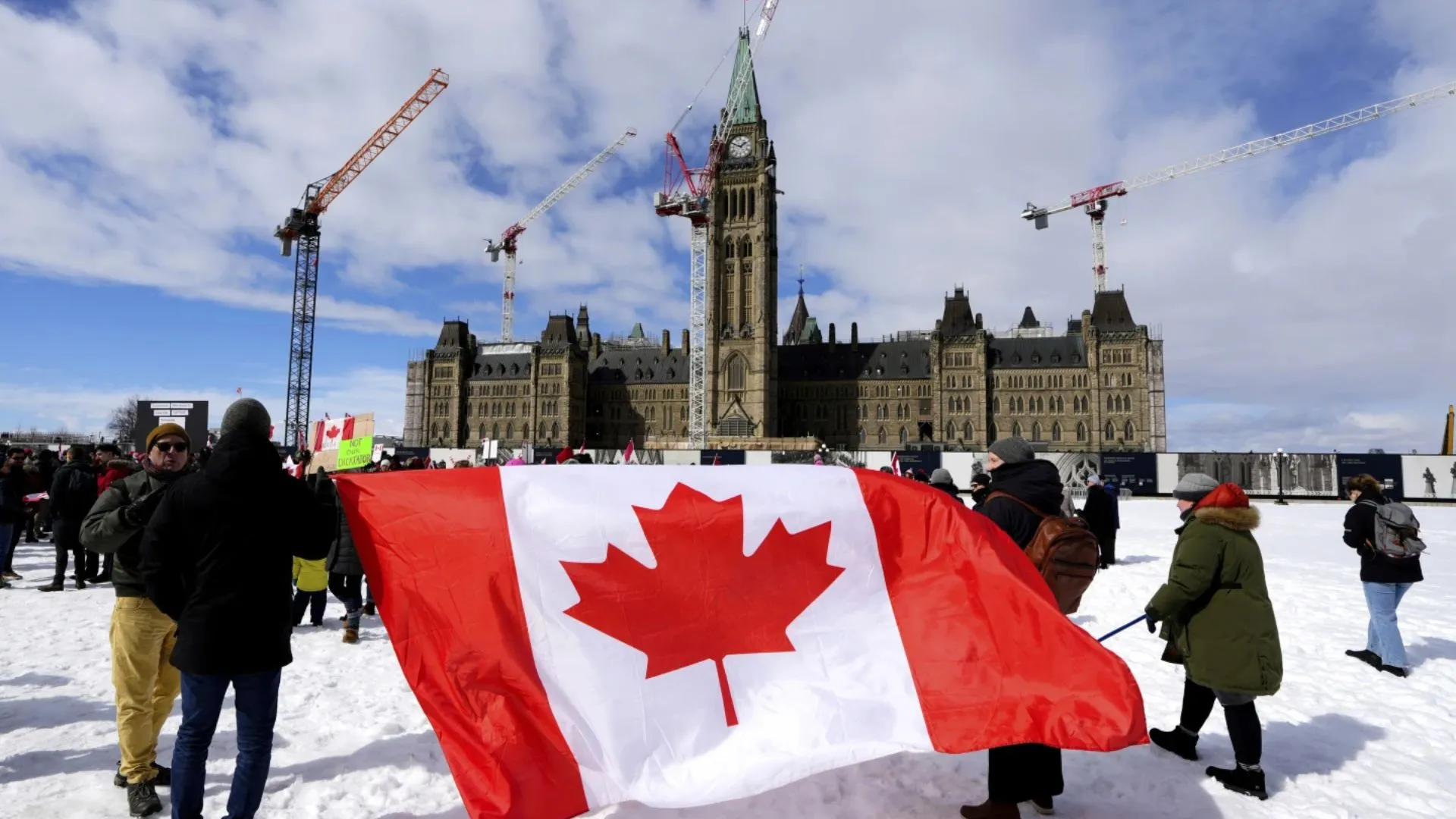Canadians are heading to the polls today for a major federal election, following a few dramatic months of political changes at home and rising tensions with the United States. The election was called early by Prime Minister Mark Carney, who took office in March after Justin Trudeau resigned. With growing pressure in the country and a trade dispute with US President Donald Trump, Carney decided to call a snap election.
Voters across the country will choose their representatives for Canada’s House of Commons, which has 343 constituencies. To form a government, a party needs to win at least 172 seats, and Canadians will decide who will lead the country over the next term.
Who Are the Main Candidates?
Mark Carney, 60, is leading the Liberal Party into his first general election. Carney, a former governor of both the Bank of Canada and the Bank of England, is stepping into the political arena for the first time. Despite his impressive financial background, this will be his first attempt to win a public office in Canada.
Pierre Poilievre, 45, is the leader of the Conservative Party and Carney’s main challenger. A long-time Member of Parliament from Calgary, Poilievre is running on a platform of smaller government, lower taxes, and a tougher approach on crime and immigration. Although Poilievre was leading in the polls early on, the race has tightened up in recent weeks.
Other key figures include Jagmeet Singh, leader of the New Democratic Party (NDP), and Yves-François Blanchet, who leads the Bloc Québécois, a party focused on Quebec’s interests. When Parliament was dissolved, the Liberals had 152 seats, the Conservatives 120, the Bloc 33, and the NDP 24.
The Key Political Parties
-
Liberal Party: Led by Mark Carney, the Liberals are currently in power. They focus on centrist policies like affordability, climate action, and social support programs.
-
Conservative Party: Led by Pierre Poilievre, the Conservatives emphasize lower taxes, cutting government size, and tougher stances on crime and immigration.
-
NDP: Led by Jagmeet Singh, the NDP advocates for social justice, wealth redistribution, and expanded public services like affordable housing and dental care.
-
Bloc Québécois: Led by Yves-François Blanchet, this Quebec nationalist party is focused on Quebec’s autonomy within Canada.
-
Green Party: Co-led by Elizabeth May, the Green Party pushes for environmental sustainability and climate-focused reforms.
What Are the Key Issues?
A big issue in this election is the growing tension with US President Donald Trump. His trade policies, like tariffs on Canadian goods, and his controversial remarks about Canada becoming the “51st state,” have stirred national pride in Canada. Many Canadians want a government that can stand up to these challenges.
Affordability is another hot topic, especially for younger voters. Housing is at the top of the list, with 43% of voters aged 18-44 saying it’s the biggest issue. For this group, US-Canada relations and inflation also rank high in importance.
Older Canadians, aged 45 and above, are more concerned with traditional issues like healthcare and pension programs, such as the Canada Pension Plan (CPP) and Old Age Security (OAS). These voters are worried about the sustainability of these support systems as the population ages.
What Are the Major Parties Saying on Key Issues?
-
Defence: All major parties have promised to boost defence spending to meet NATO’s 2% GDP target. The Liberals are promising C$18 billion for new military equipment, while the Conservatives propose C$17 billion and new Arctic bases. The NDP plans to reach the NATO target by 2032 and would cancel US fighter jet contracts.
-
Housing: The Liberals want to invest in a federal developer and provide C$25 billion in financing to increase housing starts. The Conservatives plan to build 2.3 million homes by tying funding to city performance and selling federal land. The NDP aims to build 3 million affordable units and 100,000 rent-controlled homes.
-
Climate: The Liberals support carbon pricing and clean energy investment, while the Conservatives would scrap carbon pricing. The NDP is focused on renewable energy and opposes new pipelines.
How Canada’s Election Works and When Results Will Be Announced
Canada’s federal elections are similar to those in the UK. Voters choose a local representative for the House of Commons, and the candidate with the most votes in each constituency wins. The party with the most seats is invited to form the government, and its leader becomes the Prime Minister. If no party wins a majority, the leading party may form a minority government or try to create a coalition with smaller parties.
Polling stations across the country open at different times, depending on the time zone, and close by 9:30 pm Eastern Daylight Time. Some polling stations in remote areas may stay open a little longer to ensure fairness. After the polls close, votes are hand-counted by officials with party representatives watching. Special ballots, such as those from military members or Canadians living abroad, are counted separately and may take a little longer.
Elections Canada expects most results to be available on election night, but only preliminary figures will be released at first. Final results will take a few days to confirm.
If the margin of victory in any constituency is very close (less than one-thousandth of the votes), a recount is required. Candidates or voters can also request additional recounts if necessary.
Unlike in the US, where elections are run at the state level, Canada’s federal election is managed by Elections Canada, a neutral and independent agency.



















